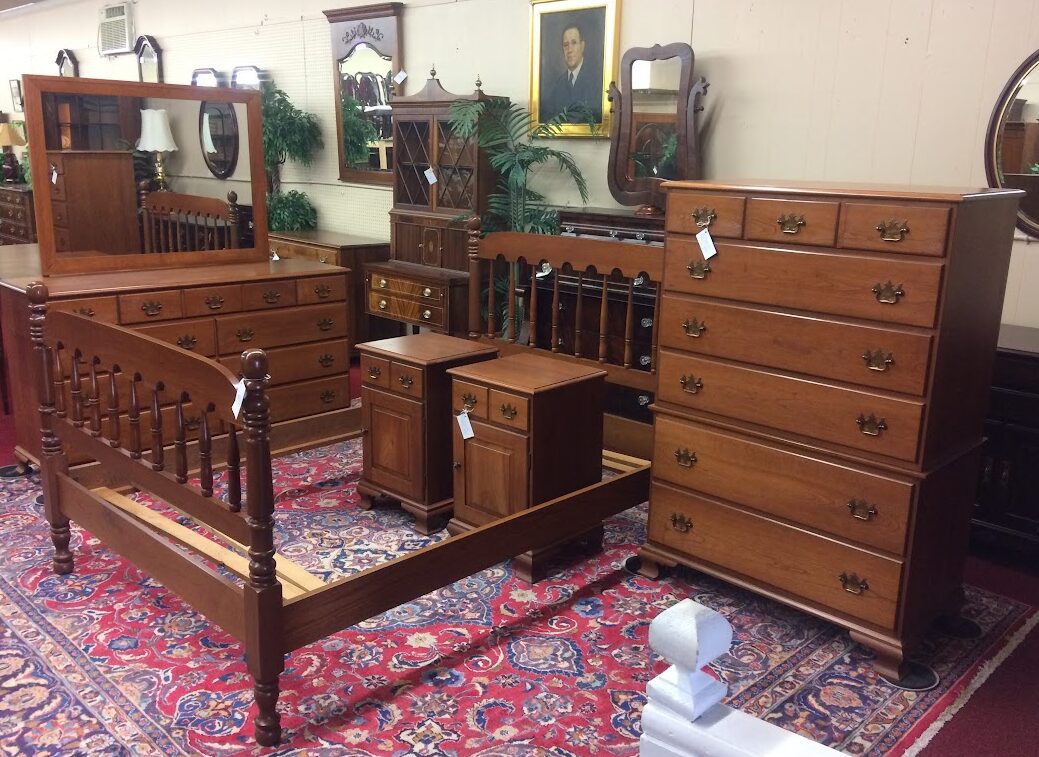Unleashing the Charm of Used Furniture!
Introduction to Vintage Furniture
Vintage furniture holds a charm that cannot be replicated by modern designs. Whether seeking mid-century modern (MCM) furniture or high-end pieces, shopping for authentic vintage furniture adds character and uniqueness to any space. However, it can be overwhelming for beginners to navigate the vast world of used furniture. This guide will equip you with the essential knowledge needed to find genuine vintage gems.
Understanding Different Eras and Styles
To begin your journey into vintage furniture, it’s crucial to familiarize yourself with different eras and styles. Each period has distinct characteristics that define their aesthetics. Some popular eras include Art Deco, mid-century modern (1950s-1960s), vintage industrial (1900s-1930s), and retro (1970s-1980s). Explore online resources, books, and museums to gather inspiration for your preferred era.
Researching Reputable Brands
Within each era, certain furniture brands are renowned for their quality craftsmanship and timeless designs. Conducting research on reputable brands will help you distinguish between authentic pieces and knock-offs. Look for brands known for their attention to detail, use of high-quality materials, and uniqueness. Some notable brands include Herman Miller, Eames, Knoll, Heywood-Wakefield, Broyhill, and more.
Identifying Trusted Sellers
Finding trustworthy sellers is a crucial aspect of buying authentic vintage furniture. There are numerous avenues to consider, including physical antique stores, online platforms, auctions, and estate sales. Take time to verify the seller’s reputation by reading reviews and checking their return policy. It is advisable to inspect the furniture in person or request detailed photographs to ensure authenticity and condition.
Examining Quality and Condition
When purchasing vintage furniture, it’s essential to assess both the quality and condition of the piece. Look for signs of craftsmanship, such as dovetail joints, solid construction, and well-finished surfaces. Pay attention to any damages or wear and tear that may require restoration. While some imperfections add character, extensive damage can significantly affect the value and functionality of the piece.
Creating a Budget and Overcoming Challenges
While authentic vintage furniture can be expensive, it is possible to find affordable pieces with patience and perseverance. Set a budget before beginning your search, taking into account your needs and preferences. Avoid impulse purchases and prioritize quality over quantity. Additionally, be prepared for challenges such as limited availability, long search times, and potential restoration costs.
Conclusion:
This beginners guide has provided a foundation for finding authentic vintage furniture that adds character and style to any space. By understanding different eras, exploring reputable brands, identifying trusted sellers, examining quality and condition, and setting a realistic budget, you can embark on a rewarding journey into the world of used furniture. Embrace the timeless beauty of high-end vintage pieces while creating a truly unique home.
